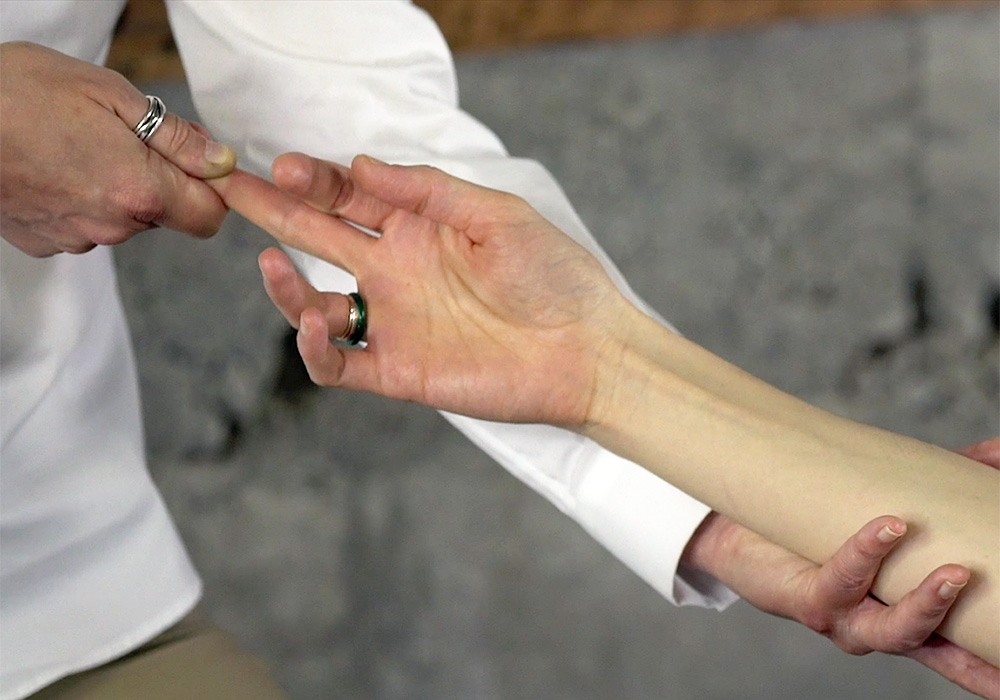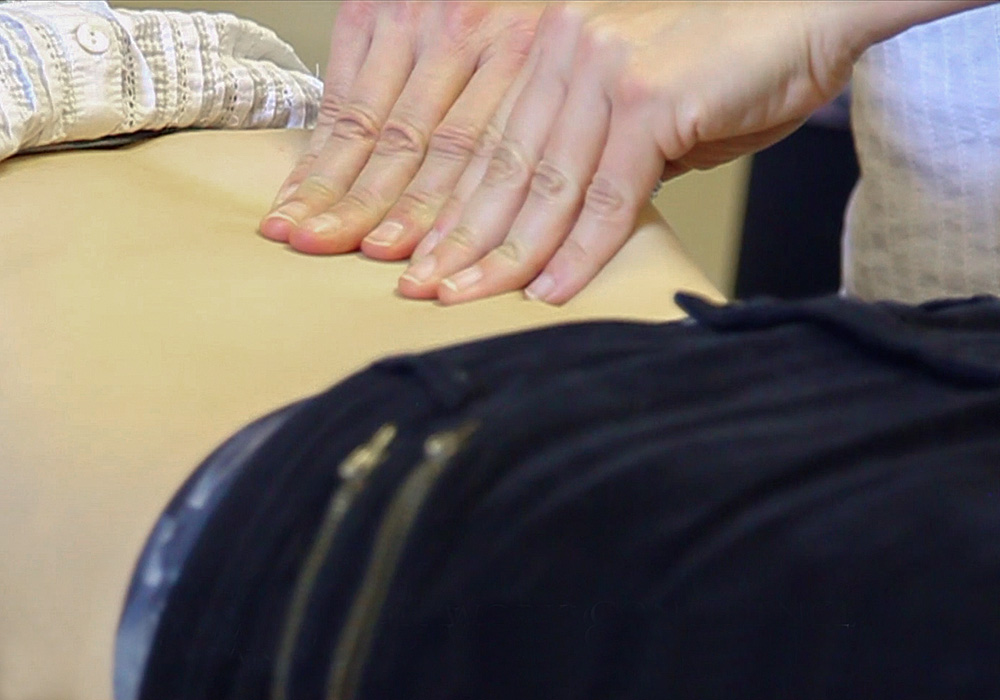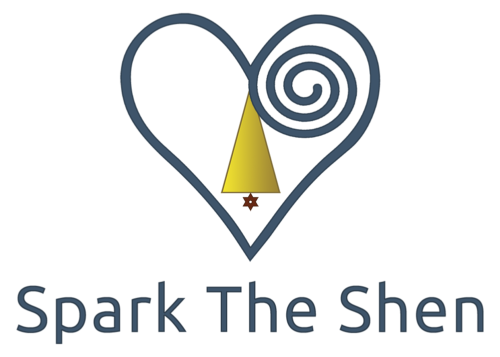Tui na Chinese massage therapy is both a form of physical bodywork and a subtle energy medicine. As a physical therapy, it excels in releasing the muscles, tendons and ligaments and facilitating the movement of joints. It helps to release unconscious emotional and postural holding patterns. As a form of energy medicine, Qi (energy) is directed through the hands, into points, along channels and into organs and bones.
Tui na (originally An Mo) has its roots in Shamanism. Archaeological studies have dated the use of Chinese massage therapy to around 3000 BCE, making it the grandmother of all forms of bodywork that exist today, from shiatsu and acupressure to Swedish massage and osteopathy.
Hands came before needles and so acupuncture was born from this ancient An Mo or Daoist bodywork and the needle became an extension of the hand.
An Mo (press rub) changed its name to Tui na (push grasp) in the Ming dynasty when Chinese Medicine became further systemised and massage therapy flourished. During this time, the techniques and their therapeutic qualities were studied and written about in great depth.
Tui na uses a wide range of massage techniques to access the points and channels of the web-like meridian system. Channels, points, soft tissues, sinews and organs are stimulated with the hands, arms, thumbs and fingers. Techniques like pressing, pushing, kneading, rolling, vibrating, grasping and percussive techniques like patting, are used for their particular therapeutic effects. These can be applied in a very gentle, subtle manner (Yin) or in powerful, moving, invigorating manner (Yang).


What does Tui na feel like?
Tui na feels energetically deep, engaged, warming and rhythmic. Whether Yang or Yin style, treatment is always soothing as Qi is being moved or supported according to what’s needed (most likely both). Yin style Tui na is deeply nourishing and relaxing, and is particularly useful to relieve anxiety and stress, to promote sleep, and to support those who are very weak or chronically ill.
Treatment is applied either over loose clothing and a Tui na cloth, or directly onto the skin if an external herbal media (Gao Mo) is to be applied.
In practice we often use Tui na in combination with acupuncture (and / or sound healing) or as an alternative to acupuncture for people who dislike needles.
What is Tui na treatment good for?
In the Traditional Chinese Medicine hospitals throughout China, Tui na treatment is prescribed for a wide range of complaints. It is especially popular in the treatment of painful muscular and joint conditions such as back pain, sciatica, arthritis cervical spondylosis, tennis elbow, soft tissue injuries, stiffness and restricted mobility.
It is also commonly used in the treatment of digestive ailments, menstrual problems and headaches and is employed alongside acupuncture in the treatment of numbness, hemiplegia and for post stroke rehabilitation. Infantile Tui na is widely written about and hugely popular for the treatment of babies and young children.


